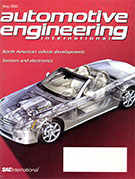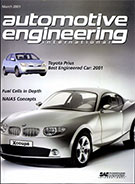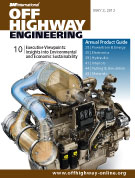Technical Paper
Effect of Carbon Coating on Scuffing of Steel Surfaces during Oil Lubrication
2002-03-19
2002-01-1389
At Argonne National Laboratory, we recently developed low-friction amorphous carbon coatings with exceptional tribological properties. The present study evaluates the scuffing performance of three variations of the carbon coating deposited on H-13 steel surfaces and lubricated with base-stock and fully formulated synthetic Poly-alfa-olefin (PAO) lubricants. ...The present study evaluates the scuffing performance of three variations of the carbon coating deposited on H-13 steel surfaces and lubricated with base-stock and fully formulated synthetic Poly-alfa-olefin (PAO) lubricants. ...Using a ball-on-flat contact configuration in reciprocating sliding, we found that although the coatings reduced friction slightly, they increased scuffing resistance significantly when one of the sliding surfaces was coated when compared to uncoated steel-on-steel contact.











